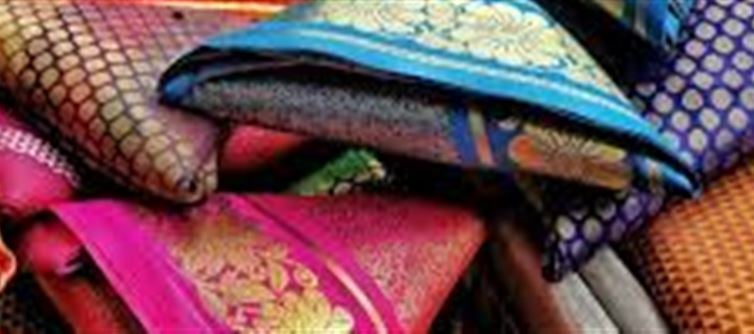
India’s women’s wear market in 2025 is shaping into a two-horse race: heritage vs. hype. On one side, the timeless saree, a six-yard symbol of tradition and elegance. On the other, the explosion of fast fashion, driven by global trends, influencer culture, and e-commerce. Together, they’re carving out very different paths for the country’s $18+ billion fashion industry. Here’s how india is splitting its fashion wallet.
1 Sarees Still Rule the Closet 👑
Despite the rise of Western wear and fusion outfits, sarees still hold 33% of the women’s wear market, translating to a $6.2 billion industry in 2025. They’re more than just attire — they represent heritage, festivals, weddings, and cultural identity. The saree remains the default outfit for celebrations and family occasions.
2 Fast Fashion’s Meteoric Rise 🚀
From Zara and H&M to homegrown D2C brands, fast fashion has captured urban India’s imagination. social media drives the craze, with trends changing almost weekly. For Gen Z and millennials, fashion is about being current, Instagrammable, and affordable — qualities fast fashion nails.
3 The wallet Split 💸
Saree spend: Often higher per item, averaging ₹3,000–₹10,000, but with long-term use.
Fast fashion spend: Lower per piece (₹700–₹1,500), but higher frequency of purchase.
This means urban shoppers might buy three Zara tops in a month but one silk saree in a year. Yet both add up to significant portions of India’s fashion spend.
4 culture vs. Convenience 🪔 vs. 🛍️
Sarees are tied to heritage, emotion, and identity. They’re aspirational, often handed down generations.
Fast fashion is about speed, variety, and self-expression, giving wearers the thrill of constant reinvention.
The choice often depends on context: weddings mean sarees, while weekends mean fast fashion.
5 The Fusion Middle Ground 🌸
Interestingly, brands are merging the two worlds:
Ready-to-wear sarees for younger buyers.
Indo-Western hybrids like saree gowns and crop-top lehengas.
Digital-first saree brands that market through instagram reels, borrowing playbooks from fast fashion itself.
6️⃣ What’s Next? 🔮
By 2030, analysts expect:
Sarees to remain steady, thanks to cultural anchors like weddings and festivals.
Fast fashion to grow faster in metros and Tier-2 cities as disposable incomes rise.
Sustainability debates to influence both sides, with conscious buyers questioning the waste of fast fashion and the carbon footprint of luxury handloom sarees.
👗 The Bottom Line
India’s fashion wallet is split — one half invested in the timeless saree, the other chasing the buzz of fast fashion. And increasingly, shoppers are refusing to choose, blending heritage with hype to define what modern indian style looks like.
Disclaimer:
The views and opinions expressed in this article are those of the author and do not necessarily reflect the official policy or position of any agency, organization, employer, or company. All information provided is for general informational purposes only. While every effort has been made to ensure accuracy, we make no representations or warranties of any kind, express or implied, about the completeness, reliability, or suitability of the information contained herein. Readers are advised to verify facts and seek professional advice where necessary. Any reliance placed on such information is strictly at the reader’s own risk.
.jpg)




 click and follow Indiaherald WhatsApp channel
click and follow Indiaherald WhatsApp channel